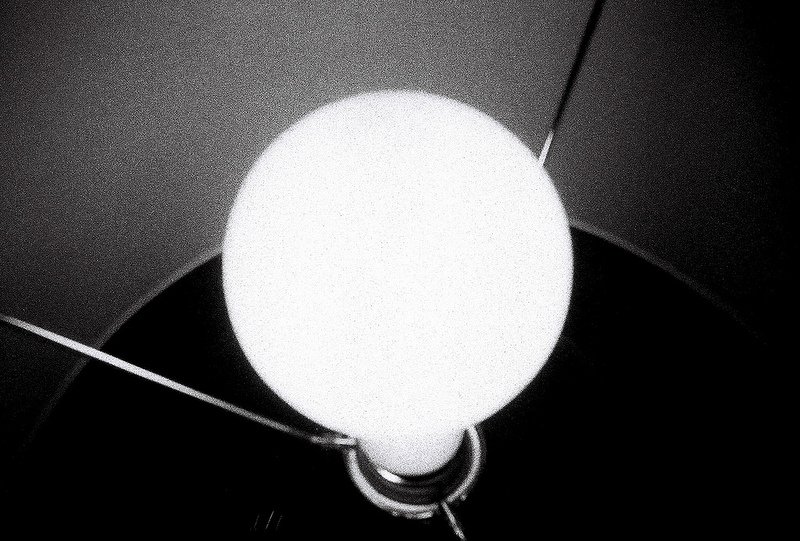By Dessa Bayrock (The Cascade) – Email
Print Edition: October 23, 2013

It’s practically a law of physics that no matter how fast your internet connection is, you wish it were faster. But much faster internet might be on the horizon. How much faster, you may ask?
Well, how about the speed of light?
Wi-Fi technology currently relies on radio waves to get data from device to device, but the future might see streaming data in the form of light, using an ordinary LED light bulb and a programmable chip.
Dr. Harald Haas first introduced this idea (otherwise known as “Li-Fi”) in a 2011 TED talk titled “Wireless Data From Every Lightbulb.” He proposed that an LED light could be programmed to flicker in a precise pattern, which could then be picked up by a sensor on another device. The flicker would be too fast to be seen by the human eye, meaning that the LED would still function as a regular light source.
The best current example of this kind of technology might surprise you: remote controls. When not hopelessly lost or jammed between the couch cushions, remote controls operate on an infrared wavelength to communicate information to a television or stereo. Theoretically, Li-Fi would work on the same principle – but instead of a single stream of information connecting remote to TV, imagine dozens or hundreds of streams communicating at once.
Light has all sorts of benefits over radio waves. First of all, as Haas notes in his TED talk, radio waves are limited.
“They are scarce, they are expensive, and we only have a certain range,” he says. “It is this limitation that doesn’t cope with demand … we are simply running out of spectrum.”
By moving from the radio spectrum over to the visible light spectrum, the range available to stream data would multiply by 10,000. This would keep wireless signals from overlapping – such as in airplanes or certain areas in hospitals, where cell phones and laptops must be shut off to avoid confusing other radio wave-based equipment.
Light is also more secure than radio waves: currently, Wi-Fi sends out a certain radius regardless of walls or barriers. This means that the signal is more easily borrowed by neighbours (as any student in an apartment complex can gratefully attest) but even password-protected signals are subject to drive-by hacking. Light, on the other hand, stops when it hits a wall; any wireless signals would be easily confined to a home.
Even if you wanted to turn the light off, Haas says the signal could be rigged to continue working.
“You can dim down the light to a level that it appears to be off, and you are still able to transmit data,” he says.
Finally, light has the capacity to transfer data much faster than radio waves can: Haas demonstrated an LED device streaming data at 10 megabits per second (Mbps) during his talk, and hypothesized that it had the capacity to reach up to 3 gigabits per second (Gbps).
Since his TED talk, Haas has dedicated himself to figuring out the details of Li-Fi, founding a company called PureVLC to look into it.
Meanwhile, researchers at a Chinese university announced last week that they’ve made progress on the project, producing a lightbulb and microchip combination capable of simultaneously streaming to four computers at a speed of 150 mbps – nearly three times the speed of an average wireless connection. For context, UFV’s secure wireless connection operates at 54 mbps.
Xinhua News states that “Chinese people are replacing the old-fashioned incandescent bulbs with LED lightbulbs at a fast pace,” to prepare for a massive transition from Wi-Fi to Li-Fi, but Nikola Serafimovski, a PureVLC spokesperson, told BBC that they’re skeptical.
“We’re just as surprised as everyone else by this announcement,” Serafimovski says, “How valid this is we don’t know without seeing more evidence.”


